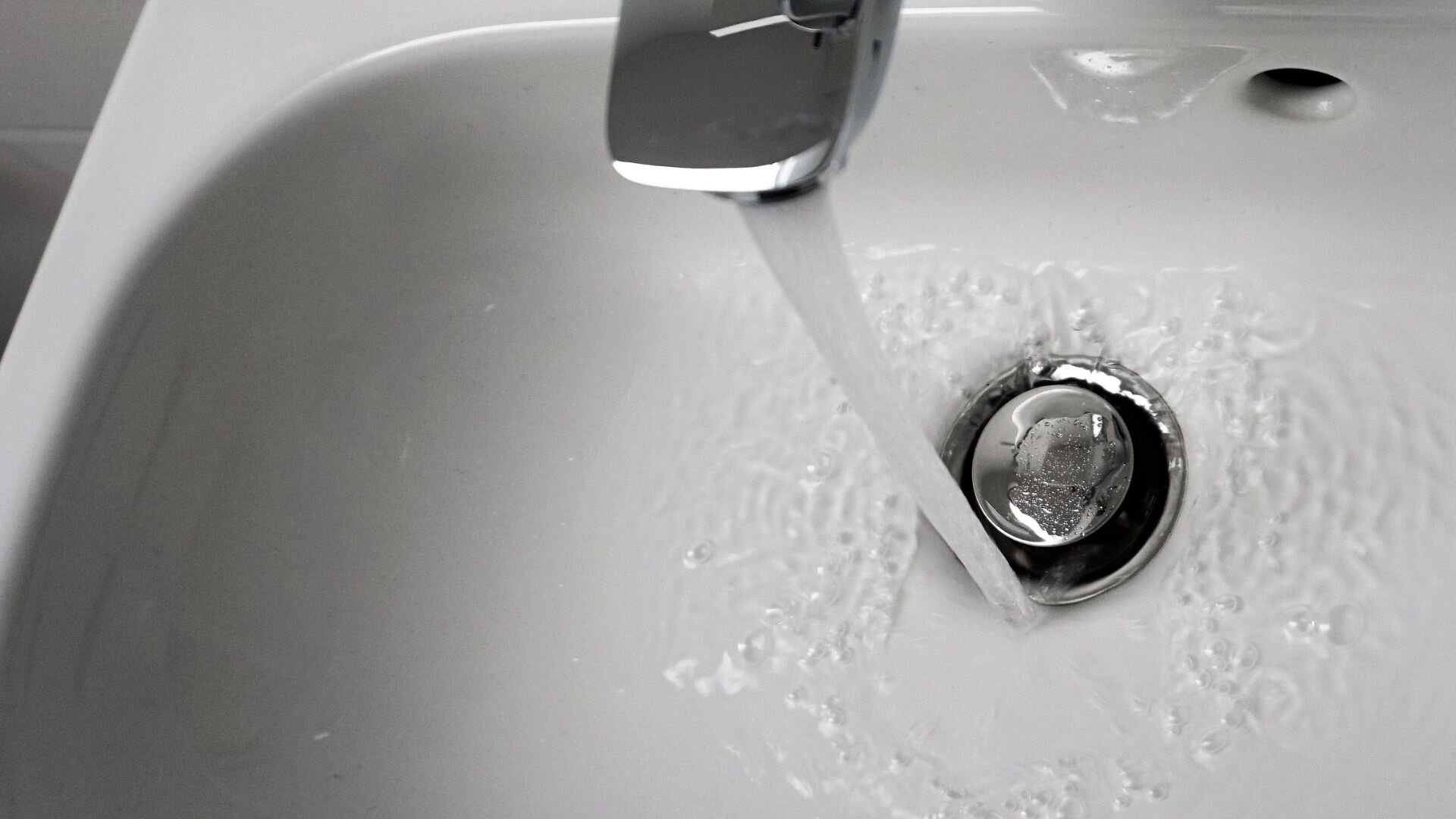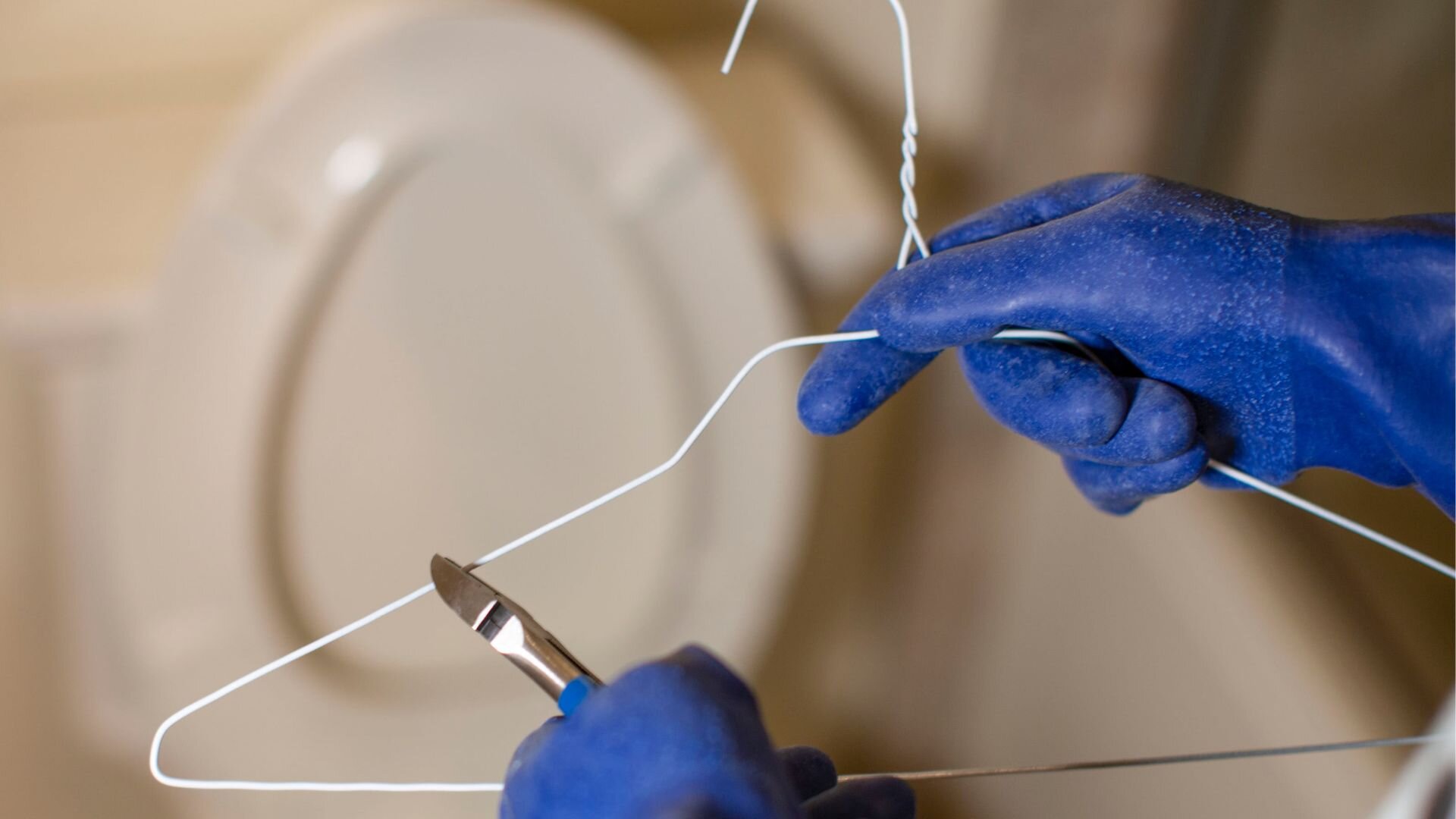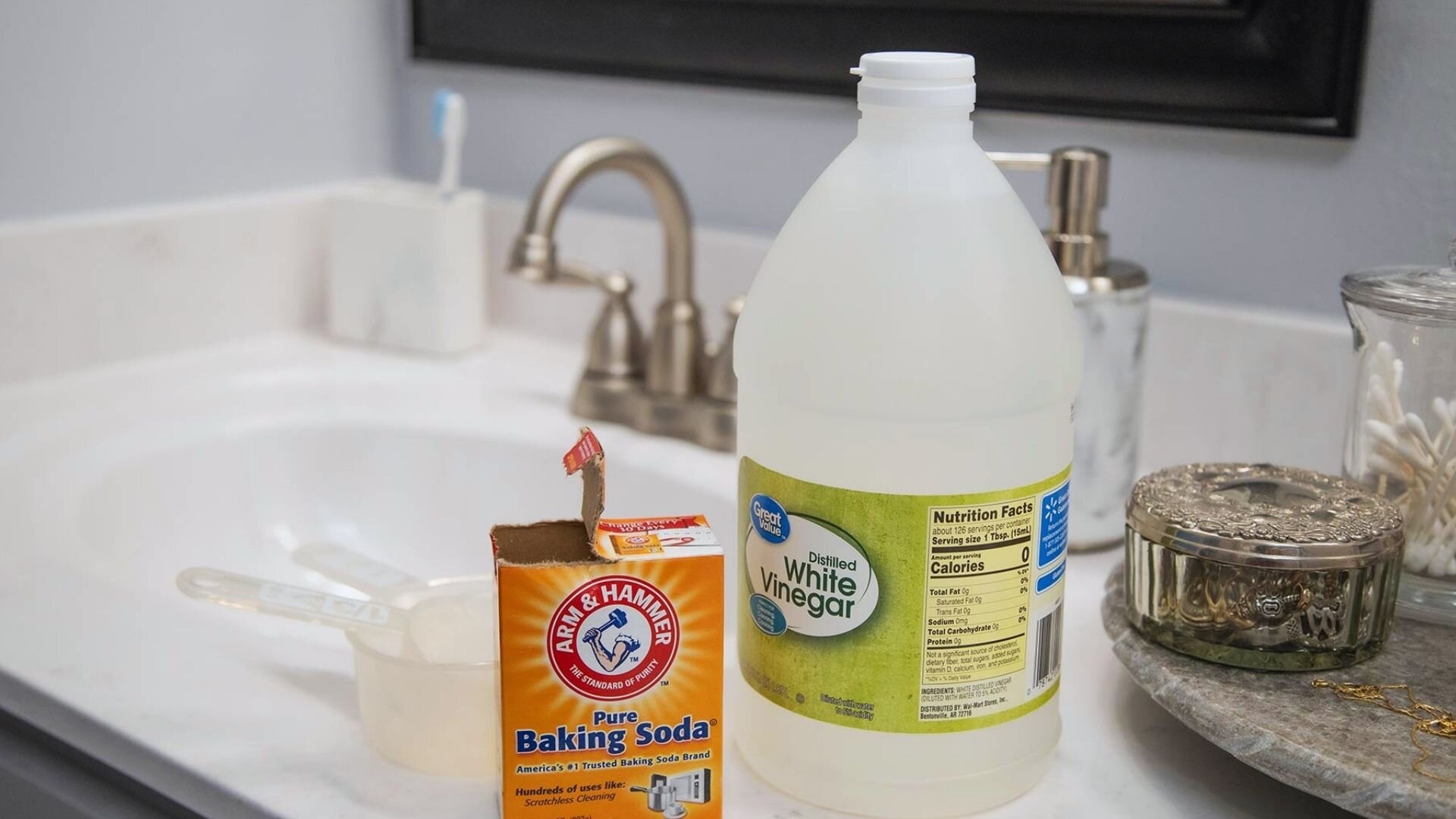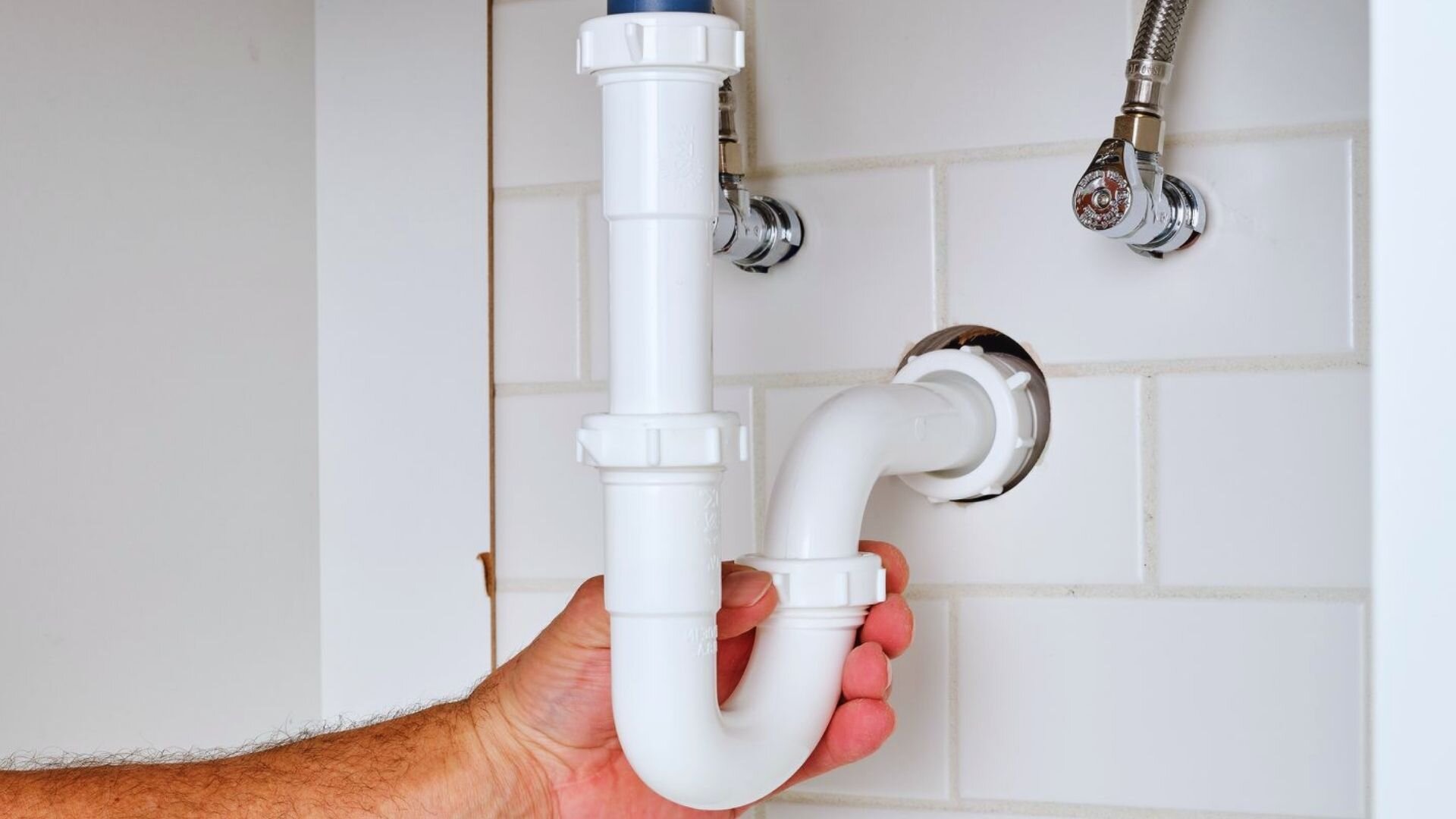A blocked bathroom sink is one of the most annoying tasks. The accumulation of various kinds of debris, such as hair and soap scum, can cause this problem.
If you do not deal with a clogged bathroom sink drain in time, it may lead to a flooded bathroom and a persistent foul odour in its severe stages. So, if you have a blocked sink drain in your bathroom and want to fix it instantly, you are at the right place.
This article will walk you through simple ways to unblock a bathroom sink and avoid a plumbing emergency. We will also examine the various causes behind the issue and suggest some preventative measures to avoid the issue in the first place.
Let us begin!
What Leads To A Clogged Bathroom Sink?
Before dealing with the issue of a clogged sink, it is important to know what blocked your plumbing system in the first place. This knowledge can help you to carry out the fixes in the most effective ways. It can also prevent such build-ups from coming back again.

1. Hair
One of the most common causes of a blocked bathroom sink is the accumulation of hair in it. When this hair accumulates in the drain, it leads to stubborn clogs and restricted water flow.
2. Soap Scum
Another common cause of clogged sink drains is soap scum. The frothy layer of soap water holds the potential to get stuck in the drain. As a result, water cannot drain away quickly since the layer of soap residue blocks its way out.
Sometimes, the soap scum may mix with other substances like toothpaste and hair, leading to stubborn clogs, which may be challenging to deal with.
How To Unblock A Bathroom Sink?
You can consider various solutions when dealing with a clogged bathroom sink. Depending on your problem’s causes and the available resources, you can choose from either of the following solutions.
1. Plunge The Bathroom Sink
Plunging the sink is an effective way to deal with tough clogs. It works by creating a suction field around the area used to remove the debris.
To unclog a bathroom sink using a plunger, remove the plug and clean it thoroughly to remove any grime blocking the drain. Next, cover the plughole with water to create an airtight seal for the plunger. Use a dishcloth to block any potential overflow.
Now, place the plunger head directly on the clogged sink drain opening. Start pumping the plunger up and down vigorously to create a strong suction force. This will help dislodge the dirt and debris causing the clog.
Forcefully plunging the sink until the drain is fully cleared and the water drains correctly. Repeated plunging creates a powerful suction that can effectively unclog even stubborn blockages. With some vigorous pumping, you can get your bathroom sink drain flowing freely once more.
2. Unclog Using A Wire Hanger
If your bathroom sink is clogged due to hair accumulation, plunging the sink may not help much. Using a wire hanger may be much more effective in this case.
Unclogging a bathroom sink with a wire hanger clears pipes blocked by hair build-up. Start by taking a straight wire and bending one end to create a small hook. Remove the drain cover and thoroughly clean it. Wear rubber gloves, then insert the hooked end of the hanger into the drain and move it around to dislodge hair and debris.
Twist the wire to capture hair and remove it. Continue using the hooked wire to loosen the clog seal and pull accumulated hair from the u-bend and pipes. Insert the hanger again if needed to clear the blockage fully. Once finished, pour boiling water down the drain to rinse any remaining debris and hair. The wire hanger can remove stubborn hair clogs to keep your bathroom sink flowing freely.

3. Baking Soda And Vinegar
Baking soda and vinegar are everyday household products. Since baking soda is basic in nature and vinegar is acidic, mixing the two creates a fizzy chemical reaction. This fizz can help you loosen up the blockage in your bathroom sink drain.
First, remove any standing water in the sink and make sure the drain is empty. Measure 1/2 cup of baking soda and pour it down the slow or clogged drain. Then, slowly pour about 1/2 cup of vinegar directly over the baking soda. The vinegar should be enough to react with the soda. Quickly use a sink stopper or cover to seal the drain, trapping the fizzing reaction inside the pipes.
Leave the baking soda and vinegar solution to work on dissolving the clog for 15-17 minutes. Finally, flush the drain thoroughly with hot water to rinse any remaining build-up or residue from the chemical reaction. Combining baking soda and vinegar can break apart slow drains and residual gunk in pipes to get your sink draining properly again.

4. Clean The P-Trap
As the name suggests, P-traps are pipes under your bathroom sink that resemble the shape “P.” Regular maintenance of P-traps prevents issues such as blocked sinks because these components do not let debris pass through them.
Start by placing a bucket under the P-trap to catch any debris. Use a wrench or screwdriver to loosen and remove the slip nuts connecting the P-trap to the drain pipes. Remove the P-trap and thoroughly rinse it with hot water, using a wire hanger or drain snake to clear any clogs inside it.
Also, insert the drain snake into the exposed drain pipes to remove any additional gunk and residue leading to the clog. Once the P-trap and pipes are cleared of debris, reattach the P-trap using the slip nuts and wrench. Finally, pour hot water down the drain to rinse any remaining particles. Properly cleaning a P-trap can allow water to flow freely again and prevent future clogged drains.

5. Baking Soda And Salt
If you don’t have any white vinegar on hand, you can make an alternative clog-clearing solution using baking soda and salt. First, mix 1/2 cup baking soda and 1/2 cup salt in a bowl. Pour the baking soda and salt mixture directly down the clogged drain. Let it sit for about 15 minutes to break up the gunk and other debris.
After 15 minutes, slowly pour boiling hot water down the drain. The heat will help dissolve the clog while the baking soda and salt work to dislodge it fully. Combining enough baking soda and salt can help clear even the toughest clogs without white vinegar. Rinse thoroughly afterwards with additional hot water to wash away any remaining particles.

How To Prevent Sink Clogs?
While there are many solutions to a clogged bathroom sink, as mentioned above, the best solution is to prevent it in the first place. Hence, here are a few preventative measures that you can take to avoid getting your bathroom sink blocked.
1. Use Good Quality Drain Stoppers
The primary function of a drain stopper is to ensure that no debris makes it through the drain. However, a low-quality stopper may not function properly, leading to more drain clogs in the future.
Hence, it is best to invest only in good-quality drain stoppers and clean them routinely to prevent clogs.
2. Dispose Of Small Objects In The Bin
While it may seem convenient to leave small objects like razor blades and sanitary product wrappers lying near the sink, it can lead to severe clogs in the long run. Hence, it would be best to dispose of them in a bin.
3. Pour Hot Water In The Drain
The best way to ensure no debris or product clogs your bathroom drain is to pour boiling water into it. Doing so on a routine basis will reduce the possibility of stubborn clogs in the first place.
Since boiling water tends to loosen up dirt, it is the cheapest preventative method to avoid clogs.
Enjoy A Free Flowing Bathroom!
While clogged bathroom sinks are a nuisance, it is far more destructive not to get rid of them. The blockage may be caused due to several factors, such as scum accumulation, small items like rings getting stuck in the drain, etc.
You can easily clean such clogs by plunging the sink, using a wire hanger, or a plumber’s snake. Household items like vinegar and baking soda may also eliminate such blockages.
However, there may be cases when these DIY methods do not work. In these cases, you might need a professional plumber.
At Service First Plumbing, we provide unmatched drain cleaning and repair solutions across Sydney. So, call us today to unclog a bathroom sink, clean drain pipes, or deal with any other plumbing issue that you might be facing.


